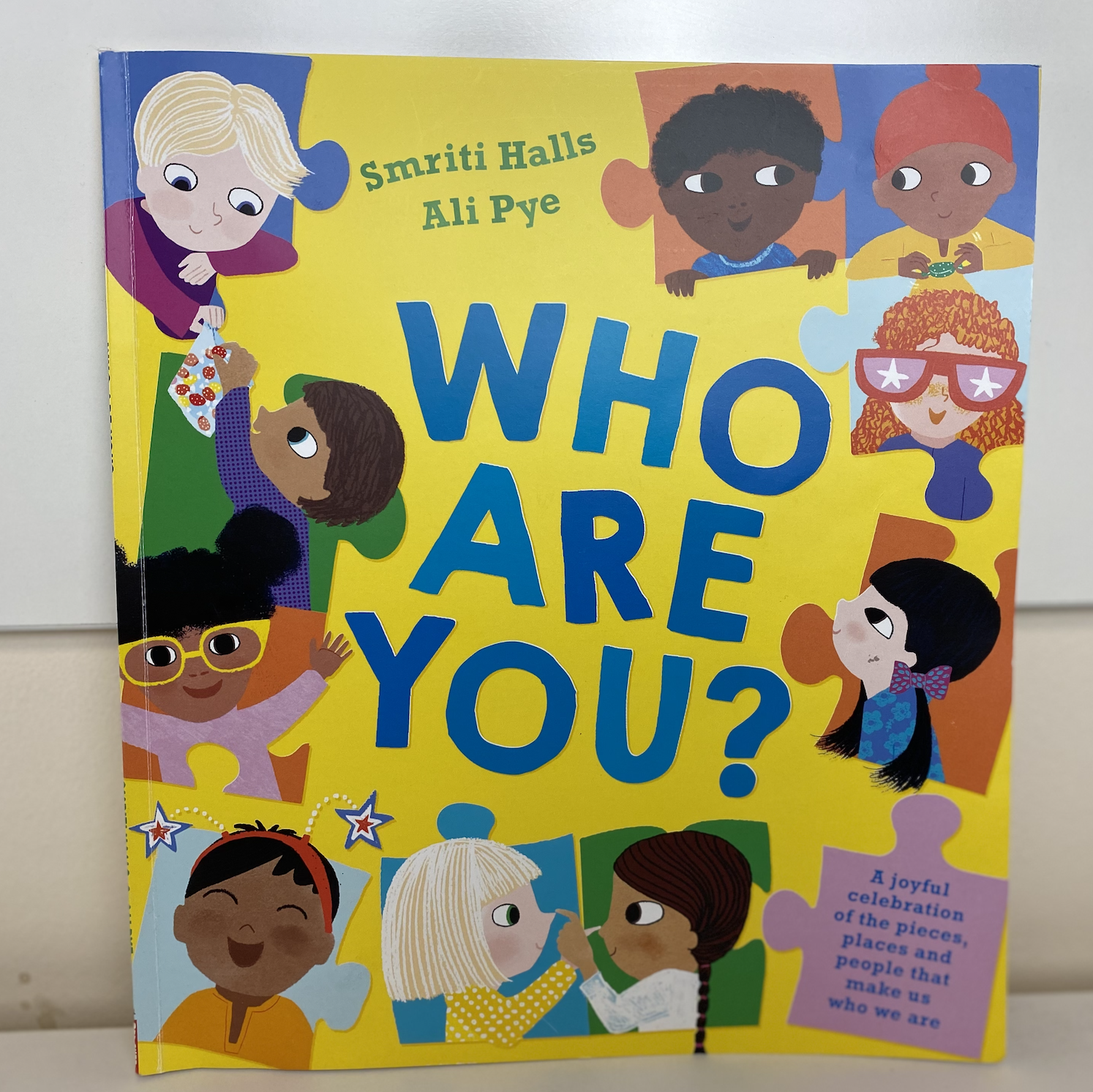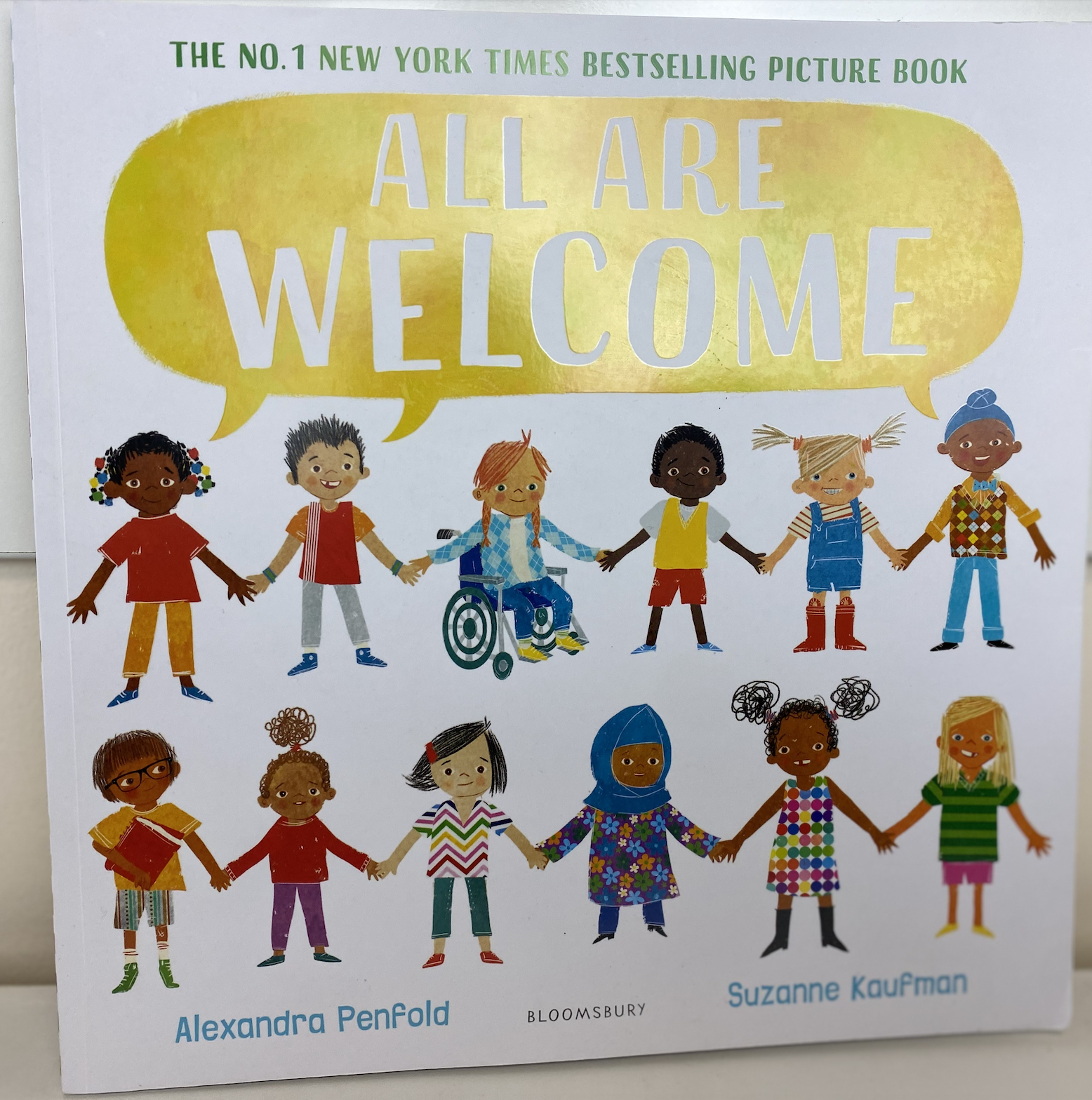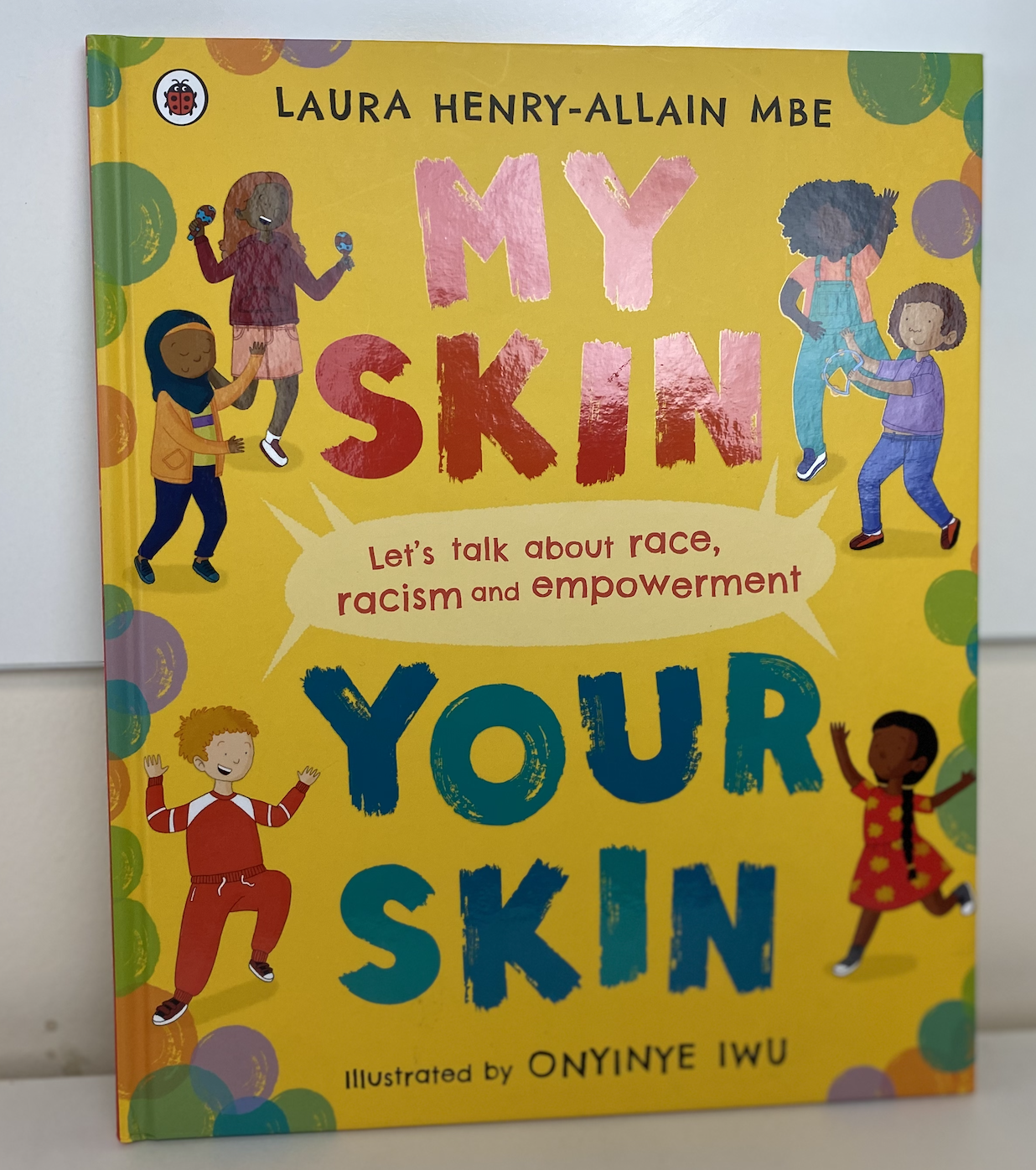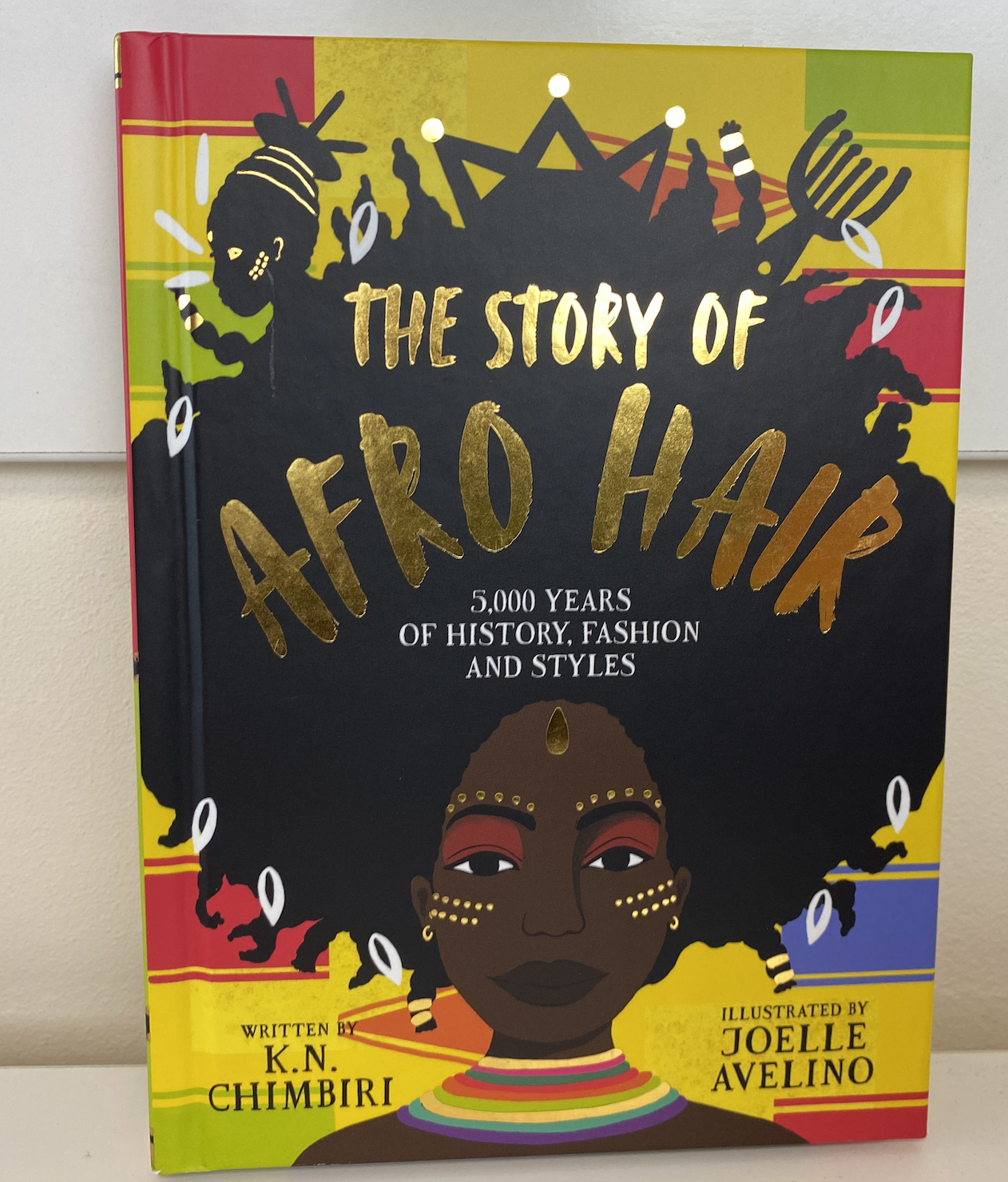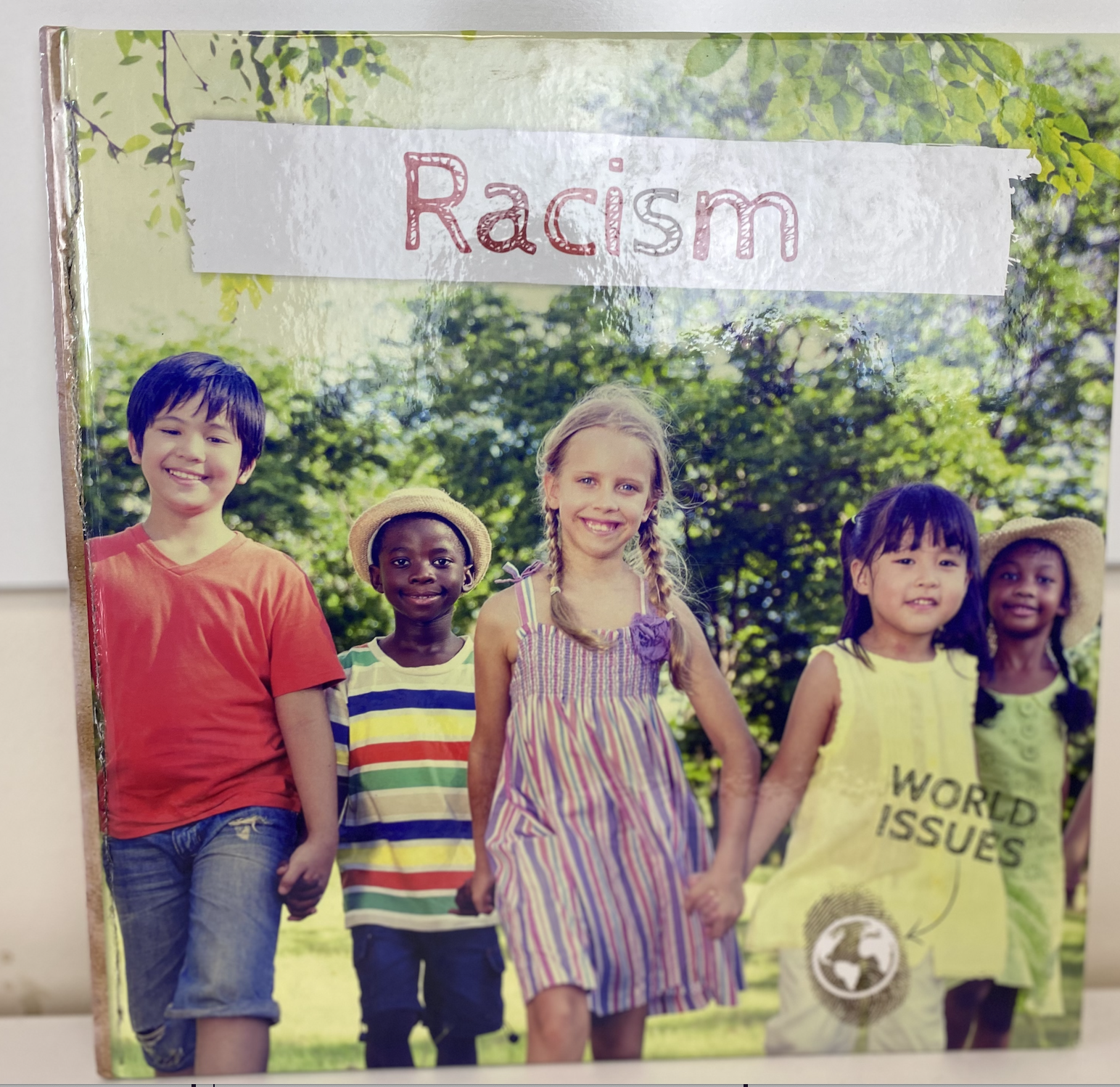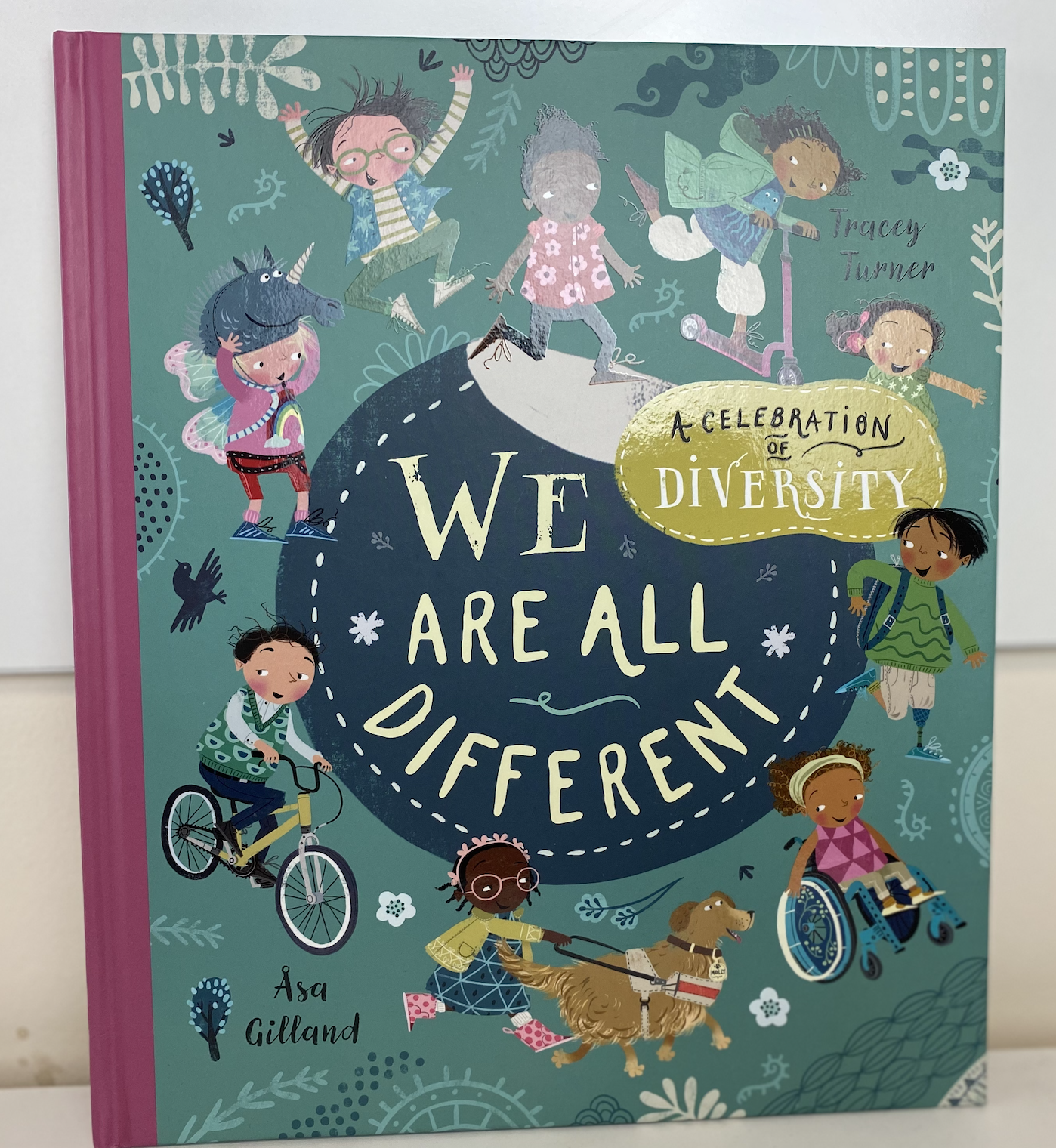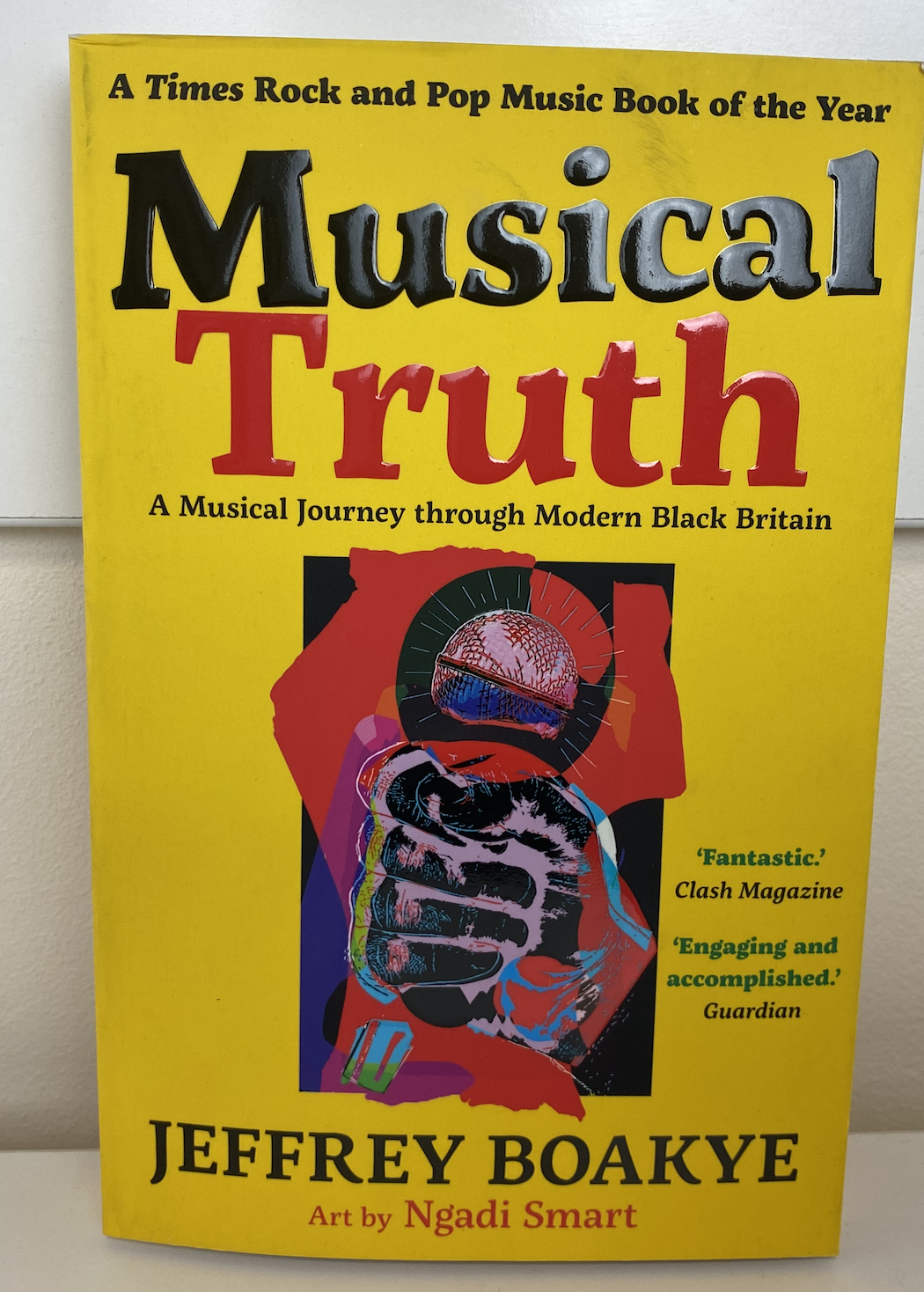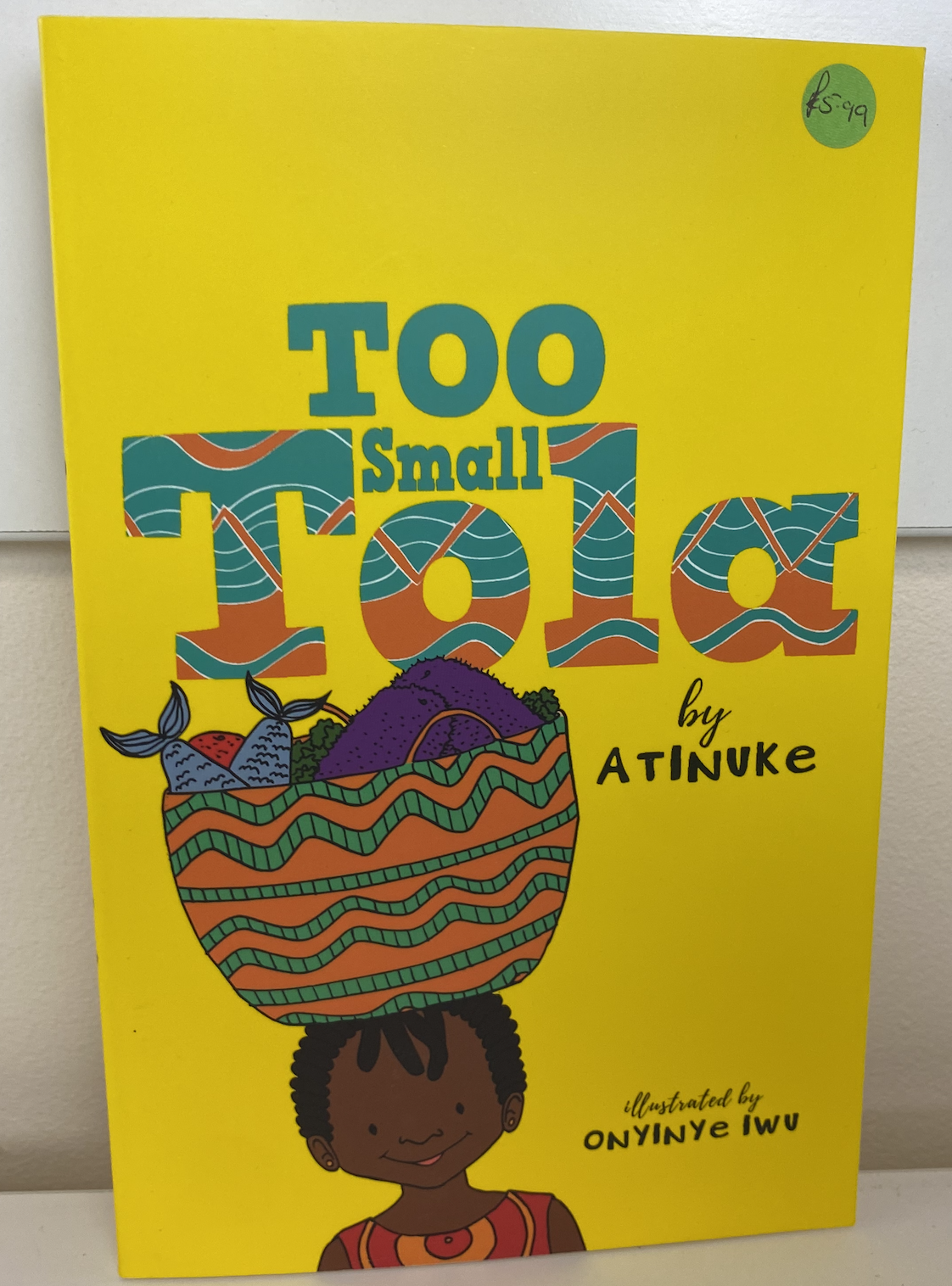Tackling Racism
Recommended Texts for families to explore
Reference: NSPCC
What is race and racism?
Race can mean a person’s colour, nationality, ethnicity or citizenship. It’s a protected characteristic in law under the Equality Act 20101 in England, Scotland and Wales, and the Race Relations Order 19972 in Northern Ireland. This means it’s illegal to discriminate against someone, or treat them differently, because of their race. It’s important to remember that someone’s ethnicity or national origin may not be the same as their current nationality. For example, someone may have Indian national origins and be living in Britain with a British passport.
Race also includes different ethnic and racial groups. This means a group of people who all share the same protected characteristic of ethnicity or race. General examples of racial groups include White British, Black British, British Asians, British Sikhs, British Jews, Romany Gypsies and Irish Travellers.
Racial discrimination or racism is when someone is treated differently because of their race, ethnicity, nationality or colour. Any type of racism or racial discrimination is abusive and distressing for children and young people who experience or witness it. If someone commits a crime against you because of your race it is considered a hate crime and is against the law. Instances of bullying that are racially motivated but not a crime are considered racist incidents.
Types of racism and racial discrimination
Racism, racial discrimination and racial bullying can take many forms and children and young people may experience more than one type of racism. For example, a young person experiencing racial bullying in school could also be sent abusive comments online, and face racial discrimination at their workplace. Racism can also happen alongside other forms of discrimination or abuse.
Racism or racial discrimination can include:
Discrimination
This involves treating a child or young person worse than someone else in a similar situation because of their race. It can also include policies in a school, workplace or similar organisation that disadvantage people from a particular racial group.
Harassment
This involves making a child, young person, or adult feel humiliated, offended or degraded. Harassment can be through spoken or written words, offensive emails, comments online or on social media, jokes, physical or facial expressions.
Victimisation
This is when a person is treated badly because they have made a complaint of race related discrimination under the Equality Act 2010. It can also happen when someone is supporting a person who’s complained about racism or racial discrimination.
Overt Racism
This involves making openly racist remarks to a child, young person or adult. It can include racist comments, such as being called racist names or being sent insulting messages or threats. It can also include physical violence or assault, or damaging personal belongings.
Covert Racism
Covert racism involves making comments that devalue or put someone down because of their race. These comments or ‘microagressions’ reflect racial prejudice and can make young people feel like they’re less important because of their race or that they don’t fit in.
Examples include things like saying ‘I don’t see colour’, which may come from a well-intentioned place but it doesn't recognise the diversity which actually does exist. If you claim to not see colour it can mean you're not acknowledging a young person's identity and lived experience.
How racism affects children
Racism and racial abuse or bullying can be really distressing for children and young people. When a child is bullied or treated differently because of their race, it can lead to feelings of isolation, depression, anger or even shame about their race or how they look.
In 2020/21, Childline delivered 285 counselling sessions where racist bullying, racism or being bullied for spiritual, cultural or religious reasons were mentioned. In the same year, there were 36 contacts to the NSPCC helpline from adults with concerns about these issues.
Racism or racial bullying can be overt or openly hostile, such as being called racist names or being sent threats. Or it can be covert or harder to recognise, involving subtle comments that put a child or young person down and devalue their experience or identity. Both types of racism are equally distressing for children and young people and can have a significant impact on their mental health.
Covert racism can affect young people’s self-esteem and support the idea that’s it’s okay to challenge a person’s experience. This type of racism is subtle and can make it seem like it’s okay to dismiss racial prejudice or discrimination with comments like, ’it’s in your head’, or telling someone they’re ‘playing the race card’. These comments can be very subtle but they are no less abusive, painful and humiliating for children and young people.
How to talk to children about racism
Children and young people will have seen images and stories in the news around Black Lives Matter. They may also have heard or taken part in recent conversations around racism since the murder of George Floyd and many others in the US. However, some children may not fully understand what’s happening and may have questions. It’s important to encourage positive and open conversations about race and racism with children and young people. And to have them often, not just when Black Lives Matter is covered in the news, to keep the conversation going. We have advice to help.
Learn about race, racism and privilege
Sometimes we feel uncomfortable talking about things we don’t know much about. If a child asks you a question which you don’t know the answer to, it’s okay to suggest that you learn together. The following resources can also be a great way to improve your understanding of race and racism:
Anti-Racism
Learning about race, racism and privilege can lead people to consider what else they can do to combat discrimination. Sometimes, the next step can involve committing yourself to becoming actively anti-racist but it’s not always clear what that means. But when people talk about being anti-racist, it includes:
- listening to people with lived experience of racism and accepting it as truth
- calling out racism and discrimination wherever you see it and using your own privilege to draw attention to it
- continuing to learn about inequality and how it affects others
- regularly assessing your own thoughts about racism and discrimination
- passing on what you learn to those around you, including family, friends and colleagues.
Have open and regular conversations
While many parents or carers may feel afraid of saying the wrong thing, having an open conversation will help children learn about how racism still exists, and to recognise how it affects them or people they know. Talking openly can also help a child to feel more comfortable sharing how they’re feeling with you, and to confide in you if they’ve experienced or seen racism or racial abuse.
We have support and advice for starting these conversations on our Talking about difficult topics page.
Report a hate crime
Being bullied or treated differently because of race is hate crime and against the law. If you’re worried about a child experiencing racial abuse or bullying it’s important to get help right away. You or the young person can report it to the police by calling 999 in an emergency or 101 at other times. You can also report hate crime online via the government website.
Childline: support for young people
- Racism and racial bullying - advice on what racism is and how to get support
- Discrimination, hate crime and equality - support to help young people recognise and get support if they're experiencing discrimination
- How you look - support around body image and developing confidence with how you look
- Understand me - a campaign challenging racial sterotypes and discrimination
- Get support - contact Childlline counsellors, online or over the phone.
- Bullying and discrimination message boards - a safe space where children can get support from other young people.

